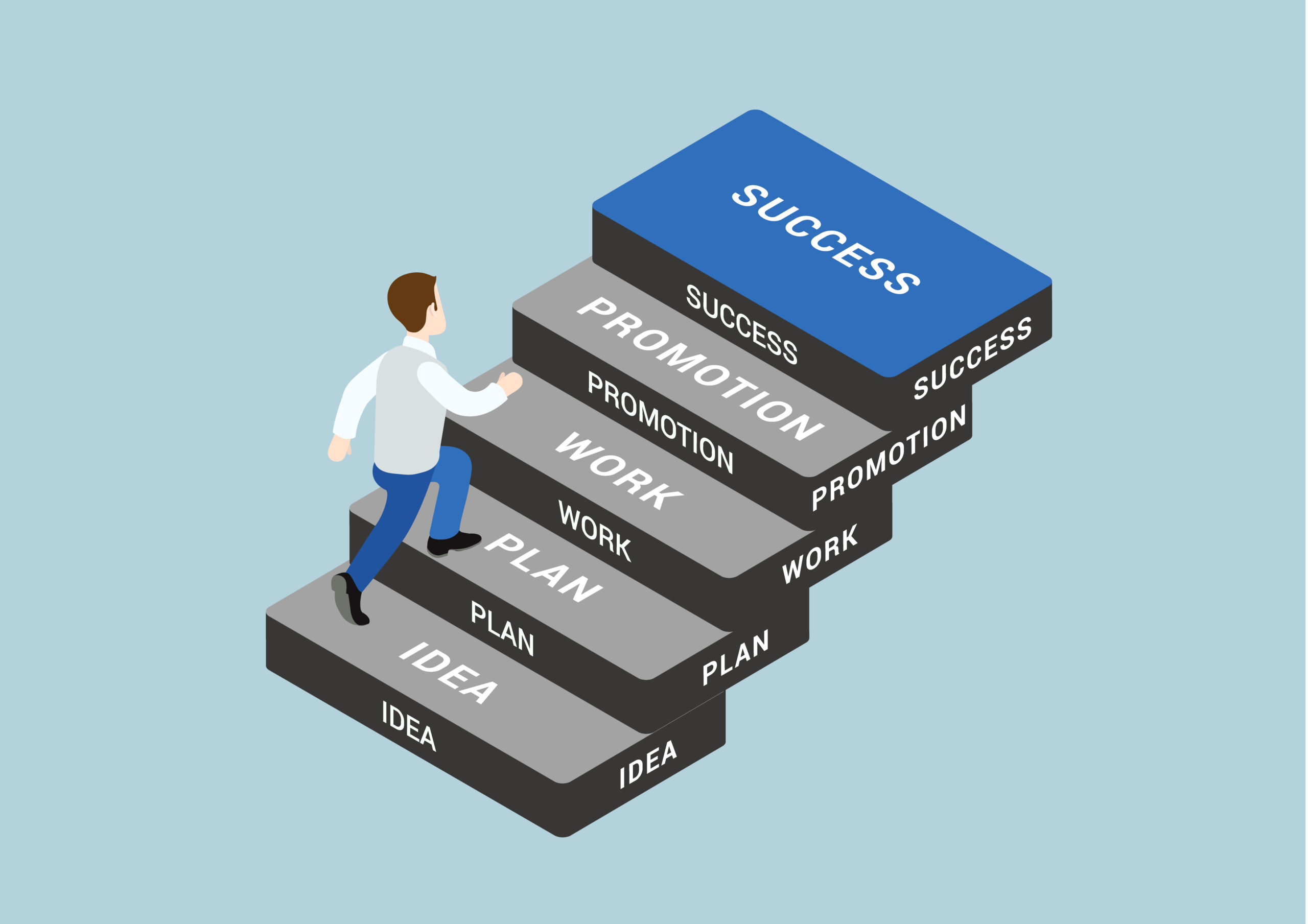Choosing a new career path can be both exciting and daunting. Whether you’re looking to switch fields, re-enter the workforce, or embark on your first professional journey, making the right choice is crucial for long-term success and satisfaction. Here’s how to choose a successful new career path in five easy steps.
1. Self-Assessment: Understand Your Strengths and Interests
The first step in choosing a new career path is to conduct a thorough self-assessment. Understanding your strengths, interests, values, and personality traits will help you identify careers that align with your natural inclinations and skills.
- Skills Inventory: List your skills, including technical abilities, soft skills, and any specialized knowledge. Tools like the StrengthsFinder or Myers-Briggs Type Indicator (MBTI) can provide insights into your strengths and preferences.
- Interests: Reflect on what you enjoy doing in your free time and what activities make you feel energized and fulfilled. Consider hobbies, volunteer experiences, and past jobs that you found rewarding.
- Values: Identify your core values, such as work-life balance, job security, creativity, helping others, or financial reward. Your values will influence your career satisfaction.
2. Research Potential Careers
Once you have a clear understanding of your strengths and interests, research potential careers that match your profile. Use various resources to gather information about different professions, industries, and job roles.
- Online Resources: Websites like the Bureau of Labor Statistics (BLS), LinkedIn, and career-specific forums provide valuable information about job descriptions, salary ranges, job outlook, and educational requirements.
- Informational Interviews: Reach out to professionals in fields you’re interested in and conduct informational interviews. This will give you a real-world perspective on what the job entails and what it takes to succeed.
- Job Shadowing: If possible, spend a day or two shadowing someone in your desired field to gain firsthand experience and insight.
3. Evaluate Your Options
After gathering information, evaluate your options based on several criteria, including job satisfaction, growth potential, required qualifications, and alignment with your personal goals and values.
- SWOT Analysis: Conduct a SWOT analysis (Strengths, Weaknesses, Opportunities, Threats) for each potential career path. This will help you understand the pros and cons of each option.
- Long-Term Goals: Consider how each career aligns with your long-term goals. Think about where you see yourself in 5, 10, or 20 years and whether the career supports that vision.
- Job Market Trends: Analyze current job market trends to ensure the career you choose has good growth prospects and stability.
4. Acquire Necessary Skills and Qualifications
Depending on the career path you choose, you may need to acquire additional skills, education, or certifications. Create a plan to bridge any gaps in your qualifications.
- Education and Training: Enroll in relevant courses, degrees, or certification programs that will equip you with the necessary skills and knowledge.
- Professional Development: Attend workshops, seminars, and conferences related to your chosen field to stay updated on industry trends and network with professionals.
- Volunteering and Internships: Gain practical experience through volunteering or internships. This not only enhances your resume but also gives you a taste of what to expect in your new career.
5. Make a Plan and Take Action
Finally, create a detailed action plan to transition into your new career. Set specific, achievable goals and outline the steps needed to reach them.
- Timeline: Establish a realistic timeline for your career transition, including short-term and long-term milestones.
- Networking: Build a strong professional network by connecting with individuals in your desired field through networking events, LinkedIn, and professional associations.
- Job Search Strategy: Develop a job search strategy that includes updating your resume, writing tailored cover letters, and preparing for interviews. Utilize job boards, company websites, and recruitment agencies to find opportunities.
Choosing a new career path can be a rewarding journey if approached with careful planning and self-reflection. By following these five easy steps—self-assessment, research, evaluation, skill acquisition, and action—you can confidently navigate your career transition and set yourself up for long-term success and fulfillment. Remember, the key to a successful career change is staying adaptable, open to learning, and proactive in your approach.
About the Author : Harry (Hemant Kaushik), Elite Global Advisor & Business Consultant
Harry (Hemant Kaushik) is an American global advisor and business consultant, renowned for his strategic insights and high-impact consultancy. He specializes in advising and coaching elite individuals, including business tycoons, world leaders, and top corporate leaders. His expertise has been sought by Presidents, Prime Ministers, influential politicians, CEOs, and industry leaders worldwide.
Recognized as one of the Top 10 Global Advisors and Business Consultants by PWC International, Harry has transformed the lives of thousands across more than 100 countries with his unparalleled guidance. He has also been honored as one of the Top 10 Life and Business Strategists, shaping the success of global business leaders and visionaries.
Harry’s influence has earned him prestigious accolades, including recognition by the CEO Times Magazine as one of the 10 Most Powerful People in Global Business Consulting, Business Times News as a Top 10 Business Consultant, and Business Weekly Times as one of the Top 10 Business Advisors in the World, offering consulting services to billionaires, celebrities, and high-net-worth individuals.
A Wall Street Times cover story famously dubbed him the “Elite Global Advisor & Business Consultant” for his deep understanding of business dynamics and leadership strategies. Based in San Francisco, United States, Harry is widely respected for his international economic expertise, market analysis, and strategic business acumen. His collaborations with global brands and corporations have positioned him as a thought leader, contributing to the business world through insightful articles on global economic trends.
Learn more: https://ceosadvisory.com









